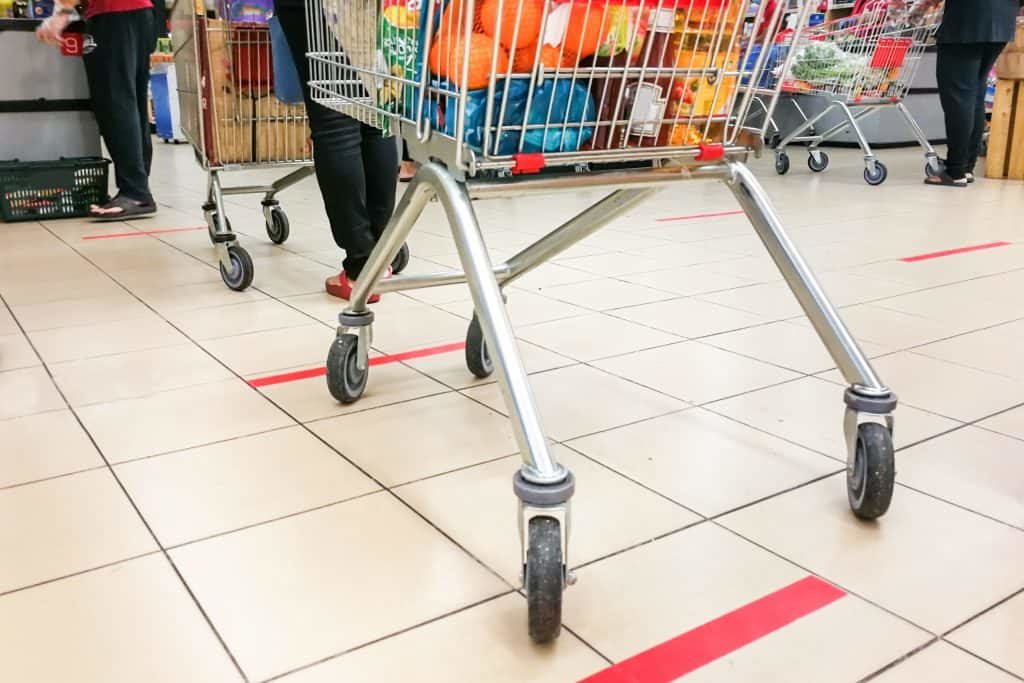As of mid-March, SNAP recipients were prohibited from using their benefits to purchase foods online, with the exception of a pilot program in five states. Eliza W. Kinsey, Ph.D., Associate Research Scientist in the Department of Epidemiology at the Mailman School of Public Health, noted that while the pilot has expanded quickly during the pandemic, "rollout of the online purchasing technology may take several months in many states and eligible stores remain limited. This means many SNAP recipients still cannot order groceries to be delivered to their home and must shop in-person, thus putting themselves and their families at significantly greater risk and furthering the class and racial inequities already manifesting in the current crisis."
Related: NPA Asks 2020 Candidates to Take Positions on Health Issues Pres. Trump Requests $5M to Regulate CBD; Cuts EPA, Ag New Online Store Solution Available for Independent Retailers
Another shopping technique low-income shoppers rely on is visiting multiple stores to find the most affordable products. If they rely on public transit or rideshare services, these techniques are now much riskier."Despite innovative strategies to alleviate the impact of this crisis on the food security of children and families, COVID-19 will exacerbate health disparities and have profound effects on the food and financial security of many in this country for years to come," Dr. Kinsey concluded.










